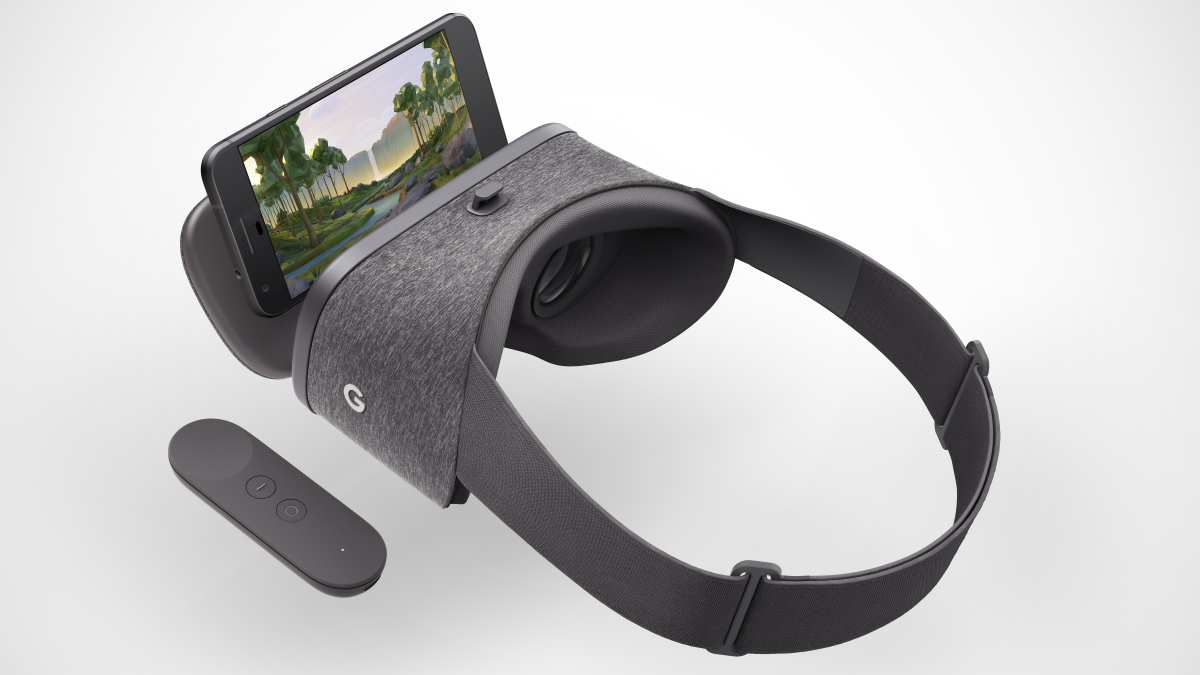More than 2 years have passed since the Google Cardboard was launched during Google I/O 2014. Sounds pretty interesting! It was when Google showed the dream of mass market virtual reality product running on smartphones. The strategy paid off and connected it to a large number of people. With Daydream mobile virtual reality experience is evolving with the release of Google’s next-generation headset.
The success of a virtual reality largely depends on the level of immersion in virtual reality and it will be interesting to see how Google Daydream advances in that path. Developments in mobile VR has not been that much considering the progress made by PC based VR systems, such as HTC Vive and Oculus Rift. Let’s just cross our fingers and wait for how it develops.
Design
Cardboard was there initially which was also cheaper and convenient, but the comfort and ergonomics weren’t there. Thankfully, Google’s approach has been pretty practical and wiser. The design is much better and it looks more like to the styling of today’s clothing – rather than sci-fi looking designs of other headsets. The design is inspired by the clothes we wear. The soft fabric material is good for skin and it exudes much more soothing experience. It is far away from the crudeness of Google Cardboard era.
But there is a problem, when you place the Google Pixel XL into the headset, the weighty phone causes problem as makes it front heavy. Of course, this particular design flaw can be improved by another extra strap.
Setup
It is easier to use compared to Cardboard. When Google Pixel is fastened, the sensors automatically launch the Daydream app. You just need to press and hold the home button on the new control that comes included with the headset. Google manages to plan accordingly with the controller. Its size allows it to be tucked tucked away inside of the headset which makes it easy to use. It provides and expressive and intuitive way of interacting with things. It has a sensitive pad, usual home, back and volume controls. You can call it a secret weapon which is also similar to other motion sensing controllers – like the Nintendo Wii remotes, DualShock 4, and even the HTC Vive controllers.
VR Experience
Google Pixel experience is not far away from the Cardboard experience in terms of mobile VR experience. It has the same fundamental features that we have already experienced from mobile VR experience. It is mostly a static experience having a limited range of offerings.
There are two lenses in this headset that helps us experience this virtual reality. It’s headset has Quad-HD resolution which is considered as the gold standard for mobile VR currently. The lenses have a wider coverage and you will never feel nauseous and this can due to it high processing power and smooth performance of the Google Pixel XL. The use of motion controller adds to the VR experience, but there is no development in the area of spatial movement tracking.
The motion tracking feature is spot-on and responsive and whether it’s waving, tilting, and panning—all of this can be precisely tracked.
Games And Apps
Google apps such as YouTube, Street View, Google Photos, and Play Movies function in the same way to what we’ve been exposed to with mobile VR. Moving onto the games, they make better use of the motion controller. Android Authority, a reputable website, “Games such as Wonderglade, makes it necessary to use the controller to play many of the mini games there.
Conclusion
The Daydream View has a new motion controller and a great fabric design which is far ahead of Cardboard. The Daydream View’s cost of $79 might seem at the upper side, it is actually much lower than the competition.





















